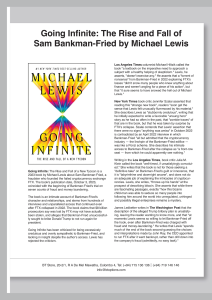By Dinesh Weerakkody
In the new economy good talent is a requisite for company survival. Yet the leadership pipeline in most companies have run dry. Winning companies however have recognized that there is a war for talent and have developed a framework firstly for assessing and then a process for developing their very own internal pipeline of leadership talent via training and development interventions. Now for companies to make that transformation they need to understand how to increase their organizational competence through training, development and then to measure the impact of those interventions. Often managers think training is development. To me training is basically the formal activity that generally occurs in a classroom or elsewhere whereas Development is broader. For example, one of the key functions of managers is to develop people. That development may manifest itself in different ways. It may occur through on-the-job coaching, performance appraisals or development planning discussions. Then a question that is frequently asked is development more effective than the traditional classroom training? Actually, they go hand in hand. We should start with development planning, collecting facts and data about a person’s performance, competencies and other related behaviors. Based on this we then set stretch targets based on the desired performance standards and behaviors. Training then, is an activity or a solution (among others) to address the gap between current and desired performance standards and behaviors.
The impact of Training and ROI
Then how do companies measure the impact of training? There are many ways. But the problem is that many companies don’t measure training effectiveness because they find it too difficult. I often refer to Donald Kirkpatrick’s model, which classifies various ways in which you can measure the effectiveness of training. Kirkpatrick identifies four levels. The first level focuses on attitude. Often we perform this type of evaluation by handing out an evaluation form (happy sheet) at the end of a training program. From this we can assess how participants felt about the training. The second way is to measure knowledge or skills acquisition and this is fairly simple.
For example, at the end of a Product Knowledge Training Program we can have people undertake an examination to test their acquisition of knowledge. Similarly, we can use roleplays to assess whether people have developed the required skills during a training program. The third level of evaluation really concerns the way that behavior changes after completing a particular program. Companies often perform level 1 and 2 measurement but stop there. However, evaluating training effectiveness at level 3 is not as difficult as it may appear. Many companies are beginning to identify, measure and develop competencies to drive performance standards. They look at people who do well in their jobs and identify and observe the behaviors that they demonstrate, rather than focus on knowledge or skills alone. In other words, a person may be very knowledgeable and/ or skillful, but may not apply the knowledge and skills on the job in the required way. Competencies involve the behaviors, or the application of the knowledge and skills in ways that drive desired levels of performance. At GlaxoSmithKline, for example they train Sales Managers to observe their Sales People in the field. They look specifically at the way that sales people behave when conversing or working with customers and how this differs from in the past. They look at the improvements in their behavior and how that behavior has changed as a result of the training. Finally, Level 4 evaluation focuses on the Rupee impact that the improved behaviors have on the business. Therefore by following a structured process a company can measure the impact of their training investments and also to asses the potential of their staff. However in practice for proper measurement, firstly HR professionals must have a concept of the full HR value proposition and secondly have the ability to measure their specific value added elements. Most importantly the CEO of the company must come to terms with the fact that today’s businesses compete as much on the strength of their human capital as on that of their financial resources. In the final analysis this human capital resides at all levels of the firm, but it takes good leadership and strong HR practices to fully develop and enable it. ®






